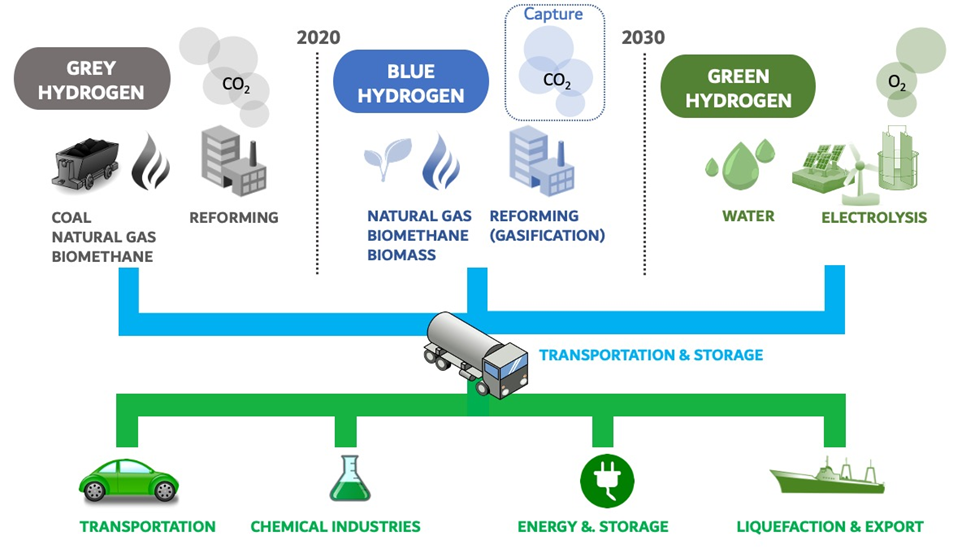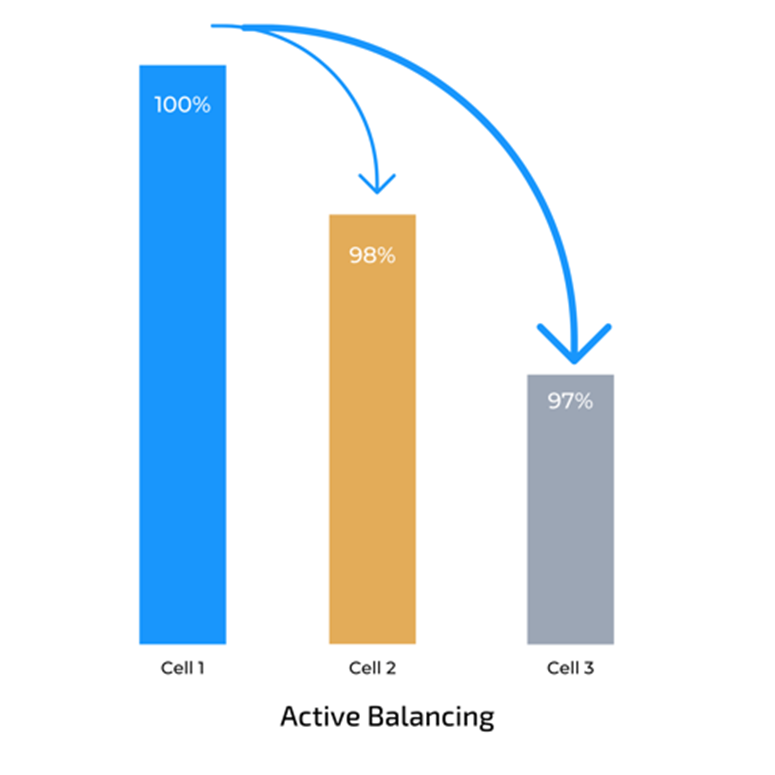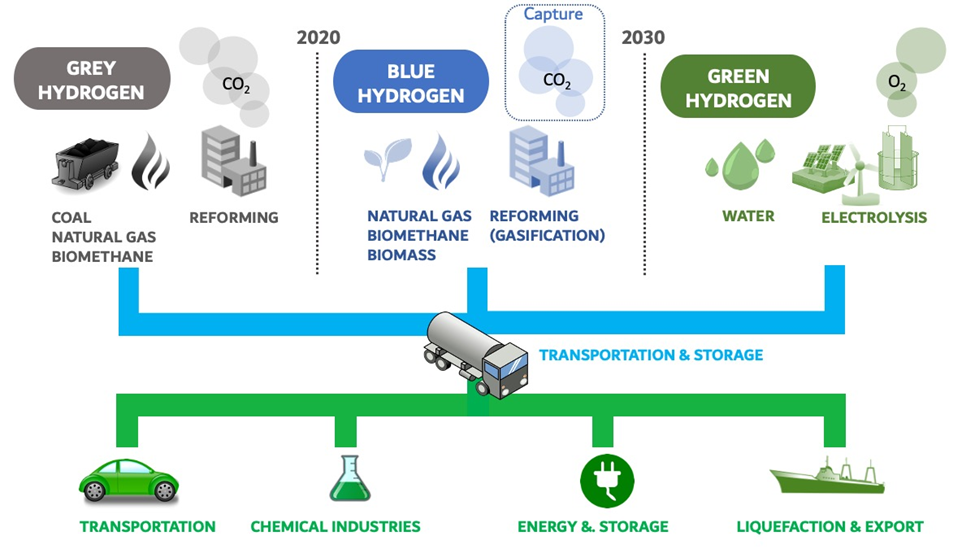No operator around the world wants the headaches, repairs or headlines associated with a catastrophic safety event. This blog covers the good, the overboard and the missing elements of current safety regulations for electric propulsion on commercial vessels.
As marine electric propulsion becomes more common on commercial vessels, more operators, builders, naval architects and mechanics will be studying and satisfying the safety requirements for electric propulsion established by the US Coast Guard and detailed in ASTM F3353-19 Standard Guide for Shipboard Use of Lithium-Ion (Li-ion) Batteries and the American Bureau of Shipping (ABS) Guide to Electric Hybrid Propulsion and Lithium Batteries.
At Green Yachts, we have read through these guides dozens of times, spoken to the US Coast Guard and ABS about these them and developed design and implementation plans in accordance with these documents. We believe it is important to have safety guidelines that ensure the highest level of success and safety of commercial marine electric vessels. In general, these documents contain important safety guidelines that outline effective strategies for commercial operators and all boaters to incorporate into their vessel design and operation. A60 insulation, which maintains its integrity for 60 minutes in fire temperatures, smoke, temperature and gas sensors, emergency disconnects for the batteries outside the battery room and ducting that vents gasses away from crew and passenger areas are all design elements described in the USCG and ABS guidelines that increase safety of electric propulsion and the use of lithium batteries in marine environments.
There are a few provisions in these guides that increase the cost and/or difficulty of installing an electric propulsion system while not materially contributing to the safety of a vessel. For example, both the USCG and ABS guidelines call for “non-sparking” ventilation fans. But the sparks from fans are infrequent and travel at best a few inches whereas the guidelines also require welded ducting that in any real-world application would never be less than a few feet meaning the ducting requirement negates the need for a non-sparking ventilation fan.
More importantly, there are two key areas in which the USCG and ABS fall short in ensuring safety on commercial vessels with electric propulsion, but that Green Yachts and its supplier, EPTechnologies, provide on every commercial installation. The first is that the casing of all batteries should be IP65 or better to prevent water intrusion. On March 12, 2021, there was a thermal runaway event on the Norwegian Tour vessel, the MF Brim Explorer. We suspect that water intrusion shorted cells or worse caused reverse polarity leading to a thermal runaway event involving the Corvus batteries onboard.
Secondly, batteries need to have a Battery Management System (BMS) that monitors State of Charge (SOC) at the cellular level instead of calculating SOC at the cellular level. By monitoring SOC at the cellular level, a BMS can detect when cells are working harder to compensate for dead or reversed cells and thereby detect problems before they develop. We believe a BMS that monitors at the cellular level like EPTechnologies and Spear batteries would have prevented the thermal runaway event on March 12th even if water had penetrated the batteries. It is more difficult to monitor SOC at the cellular level, but it is also a very important component of electric and lithium battery safety.
If you are a commercial vessel owner or operator considering electric propulsion, we hope that you will contact Green Yachts to learn more about strategies for safety at sea onboard an electric vessel. Ask us any questions about the USCG or ABS guidelines and how safety onboard your vessel can be maximized.









Leave Comment